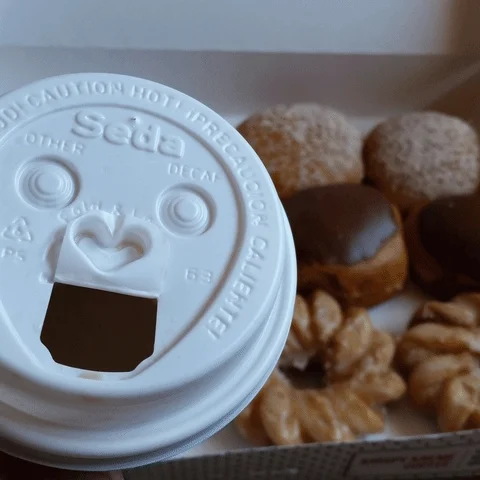José Antonio Rosa, Iowa State University
 |
| Were you subtly encouraged to make that menu choice? Supavadee butradee/Shutterstock.com |
Life is made up of countless decisions.
The idea of nudging people in the right direction, instead of relying on their internal motivation, has gained traction over the last decade.
In general, nudging involves gently coaxing someone into a decision or behavior.
The perfect nudge is one that results in the desired decision or behavior without the person recognizing any external influence.
Think of employees being automatically enrolled in retirement savings programs. Workers who must opt out, instead of needing to opt in, participate more in retirement savings.
Or picture those little cards in hotel bathrooms encouraging people to reuse their towels by stating that most hotel guests do, instead of appealing to the guests’ social responsibility.
In these and countless similar situations, people feel in control, but were nudged to prefer one option over the other.
So how does all this nudging work within the mind? As someone who studies consumer decision-making, I can tell you: It’s complicated.











